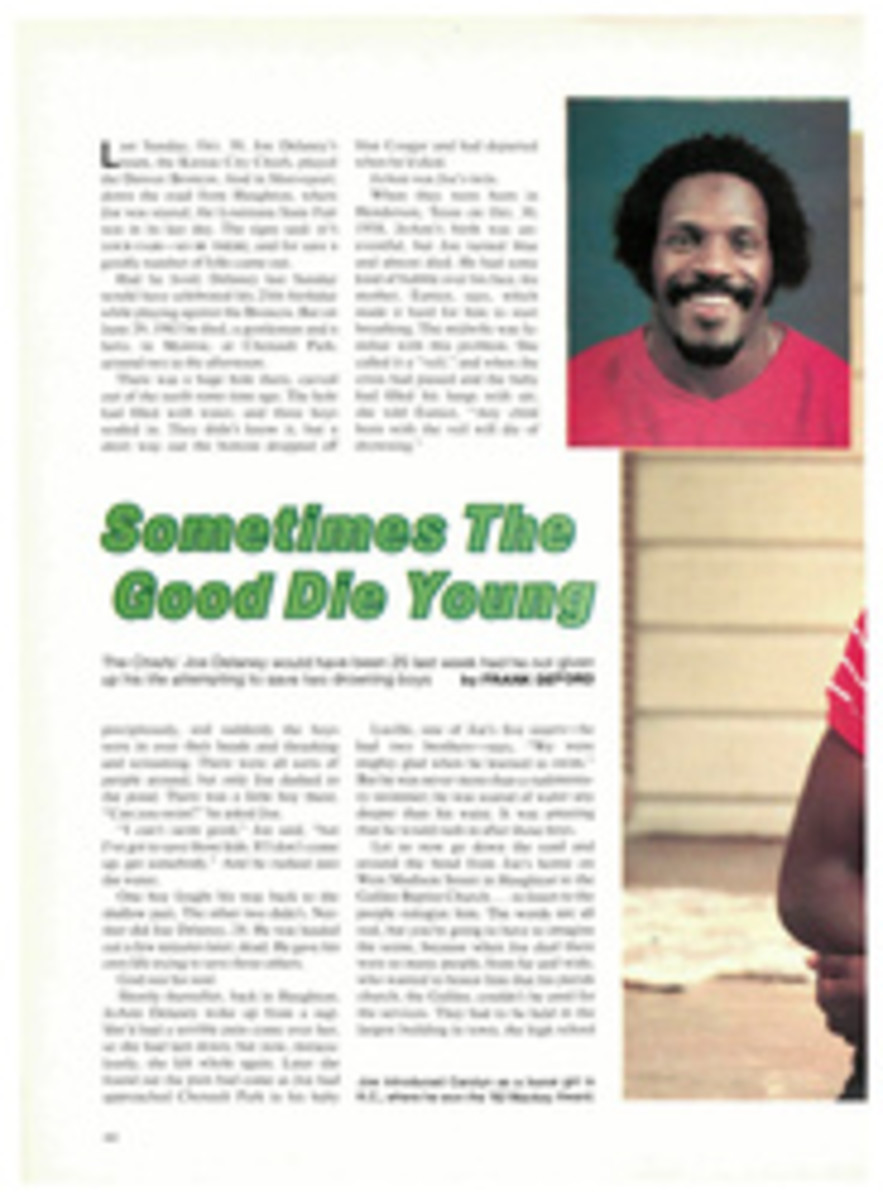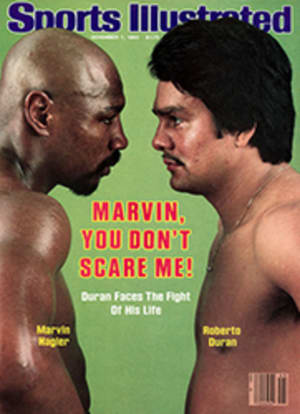
THE WINTER OLYMPICS GET A SPORTING SALUTE FROM AN ART EXHIBIT ON TOUR
One of the more Olympian preparations for Sarajevo was finding the 21 international artists whose prints and posters, promoting the 1984 Winter Olympics in Yugoslavia, are currently on tour in the United States.
It would be nice to report that artists everywhere gladly lent their names and works to this, the official Winter Olympics fine arts portfolio. Alas, Lazo Vujic, the buoyant Sarajevo art expert who produced the exhibit, had to work hard to recruit his artists from the United States, Western Europe, Korea and Japan.
"The project is very expensive," says Vujic, who paid $10,000 to $50,000 to each artist and will share the proceeds of poster and print sales with distributors and the Yugoslavian Olympic Committee. "You must have artists with good names. Not many Chinese and Russian artists on market. I try one Bulgarian artist and he doesn't accept, five Germans and nobody accepts; maybe they don't like Yugoslavia. Artists ask who we have in portfolio; and they don't like being with some people."
However, once Vujic began attracting big names, especially Andy Warhol, others fell in line. "This guy [Vujic] walks into my office, and at first I said no," says Milton Glaser, the illustrator whose heart-shaped drawing popularized the I Love New York campaign. "But when my agent found out who would be in the show, she convinced me it would be good for my career."
The exhibit, Art and Sport, had a one-month stay in October at New York's Spectrum Fine Art Gallery. San Francisco's Gallery One has organized one-week touring exhibitions of these original artworks starting Nov. 14 in San Francisco, Los Angeles and San Diego and after that on Nov. 20 (Toronto, Detroit, Chicago); Dec. 12 (Miami, Atlanta, Dallas); Dec. 19 (Vail, Aspen, Lake Tahoe, Denver) and Jan. 9 (Indianapolis, Madison, Minneapolis).
Every four years or so, it's nice to remember that the Olympics are intended to be artistic as well as sporting. In fact, paragraph 39 of the Olympic charter specifies that cultural events have equal status with sports. The Greeks saw to that, with competition in dance and theater; those associated with modern Olympics ignored the cultural side before finally unveiling a noncompetitive arts program at Munich in 1972. Art and Sport is a foretaste of a cultural program at Sarajevo that will include sculpture, ballet, theater, concerts and film, among other things.
The works in the touring shows include a poster by Yozo Hamaguchi that depicts a bowl of cherries with five more cherries suspended above it. The five represent the connecting rings that have long been the Olympic symbol; cherries are a Japanese symbol for fruitfulness, fecundity, beauty, abundance.
Anyone expecting displays of Disney creatures on skis is in for a surprise. Nor is the viewer always given easy representational work or photo realism: He must divine what's Olympian about some of these masterful creations.
But that's part of the fun. Henry Moore gives us six Greek masks; Winter Olympics or not, we shouldn't forget the contributions of the ancient Greeks. Piero Dorazio's multicolored spectacular subtly suggests ski tracks. The more explicitly Olympian art ranges from the ethereal (Jean-Michel Folon's ski jumper against the firmament) to the dynamic (Warhol's Speedskater) to the experimental (David Hockney's photo collage of a figure skater) to camp (Glaser's five rings landing on a Corinthian column). And the Winter Olympic hosts are properly honored by Cy Twombly's Graffiti, on which the words "Yugoslavia" and "Olympics" are scrawled in Serbo-Croatian, and Giuseppe Santomaso's mountainous Sarajevo.
Kyu-Baik Hwang, a South Korean living in New York City, has little interest in sports and said he accepted the offer to contribute as "just a job." That may be true, but his mezzotint, Tortoise and the Hare, is the class of a very strong exhibit. Against a luxuriant field of grass is a blackboard. On the blackboard are a scoring pencil with the Olympic symbol, a hare and a tortoise, some slalom flags, a rink-shaped oval and an elegant pocket watch. This dreamy yet whimsical still life tells us all we need to know about the Winter Olympics: the natural and the manmade, skiing and skating, timing and notation, and the world's most celebrated fable of competition.

